Home>Garden Essentials>How Long Does It Take For Calendula To Germinate?
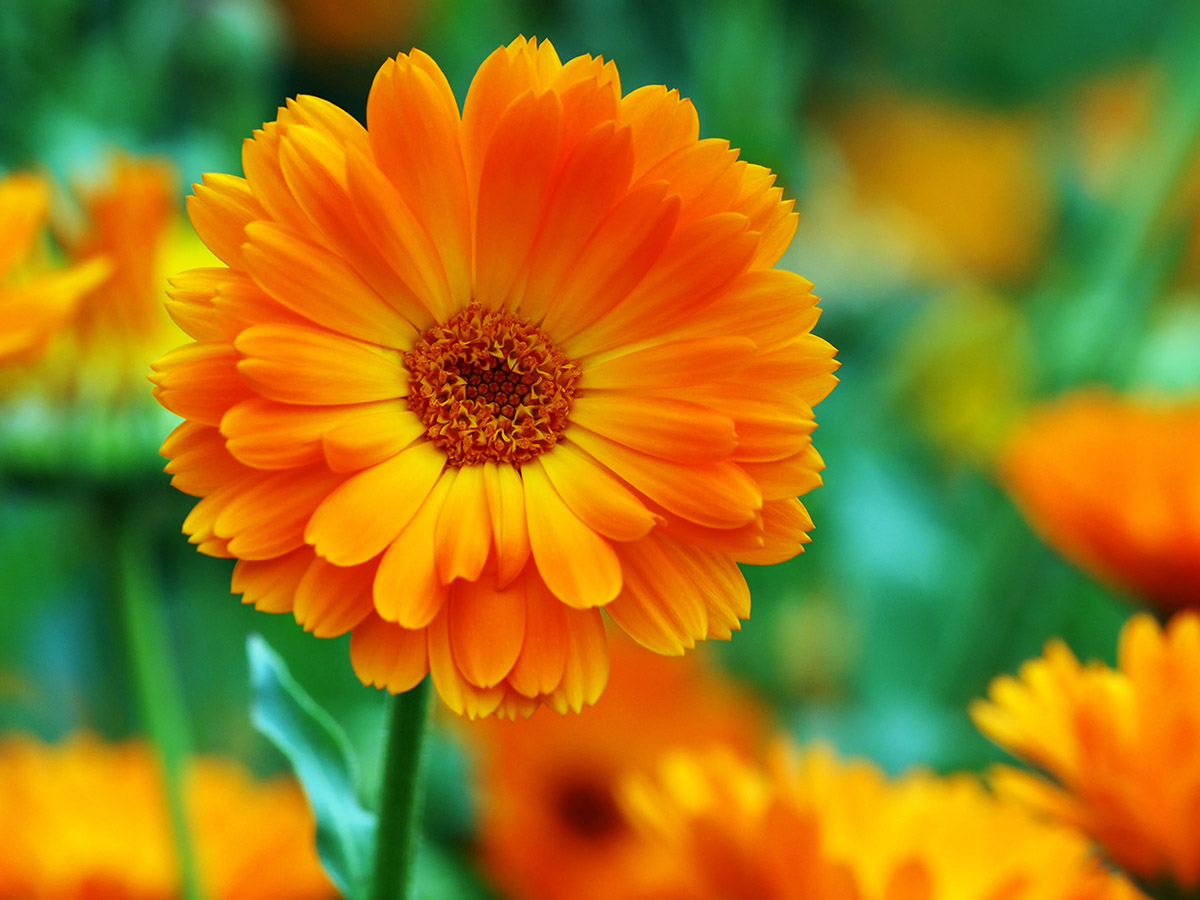

Garden Essentials
How Long Does It Take For Calendula To Germinate?
Modified: March 24, 2024
Discover how long it takes for calendula to germinate in your garden and start enjoying the vibrant blooms sooner!
(Many of the links in this article redirect to a specific reviewed product. Your purchase of these products through affiliate links helps to generate commission for Storables.com, at no extra cost. Learn more)
Introduction
Calendula, also known as pot marigold, is a beautiful and versatile flower that is often grown in gardens for its vibrant blooms and medicinal properties. Whether you’re a seasoned gardener or a beginner looking to add some color to your outdoor space, understanding the germination process of calendula seeds is essential to ensure successful growth.
In this article, we will explore the factors that affect calendula germination, the optimal conditions for germination, the typical germination time, and some helpful tips to improve the germination rate of calendula seeds.
So, if you’re eager to get started with growing calendula, let’s dive into the fascinating world of germination!
Key Takeaways:
- Calendula seeds typically germinate within 5 to 10 days when provided with optimal conditions of temperature, moisture, and darkness. Factors like seed quality and scarification can also impact germination time.
- To improve calendula germination, consider pre-soaking or scarifying the seeds, providing bottom heat, using high-quality soil, thinning seedlings, and protecting plants from extreme weather. These efforts can enhance the success rate of germination and lead to a vibrant garden display.
Factors Affecting Calendula Germination
Several factors can significantly impact the germination success of calendula seeds. Understanding these factors will help you create the ideal conditions for your calendula seeds to sprout and grow into healthy plants.
1. Temperature: Calendula seeds prefer moderate temperatures for germination. The optimal temperature range for successful germination is between 60°F and 70°F (15°C and 21°C). Extreme heat or cold can inhibit or delay germination.
2. Moisture: Adequate moisture is crucial for seed germination. However, excessive moisture may lead to seed rot or fungal diseases. It’s essential to strike a balance by providing enough moisture to keep the soil evenly moist but not waterlogged.
3. Light: Calendula seeds do not require light for germination. In fact, they tend to germinate better in darkness. While some light exposure is necessary for the seedlings to grow once they’ve sprouted, it’s best to keep the seeds in a dark location during the germination process.
4. Soil Quality: The quality of the soil plays a significant role in calendula seed germination. The soil should be well-draining to prevent waterlogging, but it should also retain enough moisture for the seeds to remain hydrated. A loose and fertile soil mix with good organic matter content is ideal for calendula germination.
5. Scarification: Calendula seeds have a tough outer seed coat that can sometimes inhibit germination. Scarifying the seeds by nicking or scratching the seed coat before planting can help break this barrier and improve germination rates.
6. Seed Age: The freshness of calendula seeds can impact germination rates. It is advisable to use seeds that are no more than a year old for best results. Older seeds may have a lower germination rate.
By considering these factors and making the necessary adjustments, you can create the perfect environment for your calendula seeds to germinate and thrive.
Optimal Conditions for Calendula Germination
Creating the right conditions for calendula germination is crucial to ensure successful sprouting and healthy growth. Here are the optimal conditions you should aim for:
- Temperature: Calendula seeds germinate best when the temperature is between 60°F and 70°F (15°C and 21°C). You can use a seed heating mat or germination chamber to maintain a consistent temperature if your ambient temperatures are not within this range.
- Moisture: Adequate moisture is essential for seed germination. Start by preparing a well-draining soil mix that retains moisture. Before sowing the seeds, water the soil thoroughly to ensure it is evenly moist. Maintain consistent moisture by lightly watering when the top layer of soil feels dry. Avoid overwatering, as it can lead to rotting of the seeds.
- Light: Calendula seeds do not require light for germination. In fact, they prefer darkness. Therefore, cover the seeds lightly with a thin layer of soil or vermiculite to keep them in the dark. Once the seeds have sprouted, provide them with 12-14 hours of direct sunlight or bright artificial light each day for healthy growth.
- Soil Quality: Use a well-draining soil mix enriched with organic matter. Calendula thrives in loamy soil with good fertility. You can amend your garden soil with compost or well-rotted manure to improve its structure and nutrient content.
- Planting Depth: Calendula seeds are relatively large and should be sown at a depth of about ¼ inch (6mm) in the soil. This depth allows for proper moisture absorption and promotes germination.
- Germination Time: Calendula seeds typically germinate within 5 to 10 days under optimal conditions. However, germination times may vary depending on environmental factors such as temperature and moisture.
By creating these optimal conditions, you will increase the likelihood of successful germination and give your calendula seeds the best start for healthy growth.
Calendula seeds typically germinate within 5-14 days when planted in well-draining soil and kept consistently moist. Providing warmth and light can also help speed up the germination process.
Germination Time of Calendula Seeds
The germination time of calendula seeds can vary depending on various factors such as temperature, moisture, and seed quality. Under ideal conditions, calendula seeds typically germinate within 5 to 10 days.
Temperature plays a crucial role in determining the germination time of calendula seeds. Warmer temperatures, within the range of 60°F to 70°F (15°C to 21°C), provide optimal conditions for speedy germination. At lower temperatures, germination may be slower and take around 10 to 14 days.
Moisture is another important factor. Calendula seeds need consistent moisture to sprout. Keep the soil evenly moist but avoid overwatering, as it can lead to rotting of the seeds. By maintaining proper moisture levels, you can help expedite the germination process.
It’s worth noting that seed quality can also impact germination time. Fresh calendula seeds have higher germination rates and tend to sprout more quickly compared to older seeds. Therefore, it’s advisable to use fresh seeds that are no older than one year for optimal results.
During the germination process, it’s essential to monitor the progress of your calendula seeds regularly. Check for any signs of sprouting, such as small green shoots breaking through the soil surface. If you notice any mold or fungal growth, it might indicate excessive moisture or poor air circulation. Adjusting the conditions promptly can help prevent any issues that may hinder germination.
Keep in mind that the germination time mentioned is an average estimation, and individual seeds may vary in their response. Factors like seed size and individual seed coat thickness can influence the germination rate. Be patient and continue to provide optimal conditions, and soon you’ll witness the exciting process of calendula seeds sprouting and transforming into beautiful plants.
Tips for Improving Calendula Germination
While calendula seeds have a relatively high germination rate, there are a few tips and techniques that you can follow to further enhance your success rate. Here are some helpful tips for improving calendula germination:
- Pre-soak the seeds: Calendula seeds have a hard outer shell that can benefit from pre-soaking. Soaking the seeds in lukewarm water for 24 hours before planting can help soften the seed coat and promote faster germination.
- Scarify the seeds: Another way to break through the tough seed coat is by scarifying the seeds. You can gently rub the seed coat with sandpaper or use a knife to make a small nick in the seed. This technique enhances water absorption and can result in improved germination rates.
- Provide bottom heat: Calendula seeds prefer warm soil for germination. Using a seed heating mat or placing your seed trays on a warm surface can help maintain the desired temperature and accelerate germination.
- Use good quality soil: Ensure that you are using a well-draining soil mix with sufficient organic matter. A loose and fertile soil will provide adequate aeration and moisture retention, essential for successful germination.
- Thinning seedlings: Once your calendula seeds have germinated and grown into small seedlings, thin them out to provide enough space for each plant to develop properly. Crowded seedlings can compete for resources and hinder their growth.
- Protect from extreme weather: Calendula seeds are sensitive to extreme heat or cold. If you’re sowing seeds outdoors, it’s best to wait until the threat of frost has passed. During hot summers, provide afternoon shade or use row covers to protect the young plants from the scorching sun.
- Regular watering: Maintain consistent moisture levels in the soil by watering the plants regularly. Calendula prefers evenly moist soil, but avoid waterlogging as it can lead to root rot. Water deeply when the top inch of soil feels dry.
- Provide support: As your calendula plants grow, they may benefit from staking or support. The tall stems can become top-heavy with blooms, and providing support will prevent the plants from slumping and potentially breaking.
By following these tips, you can significantly improve the germination rate of your calendula seeds and set the stage for healthy plant growth. Remember to monitor the progress of your seedlings, provide the necessary care, and enjoy the process of watching your calendula garden flourish!
Conclusion
Growing calendula from seeds can be a rewarding and enjoyable experience, and understanding the germination process is key to achieving success. By considering the factors that affect calendula germination, creating optimal conditions, and implementing some helpful tips, you can greatly improve the germination rate and ensure healthy plant growth.
Factors such as temperature, moisture, light, soil quality, scarification, and seed age all influence the germination success of calendula seeds. By providing the ideal temperature, moisture levels, and darkness during the germination process, you can create a conducive environment for the seeds to sprout.
Optimal conditions include maintaining a temperature range of 60°F to 70°F, providing consistent moisture without overwatering, keeping the seeds in darkness, using well-draining soil enriched with organic matter, and sowing the seeds at the proper depth.
It’s important to note that calendula seeds typically germinate within 5 to 10 days, but this can vary depending on environmental factors and seed quality. Monitoring the progress of your seeds and making adjustments as needed will help you ensure successful germination.
To improve calendula germination, you can try pre-soaking or scarifying the seeds, providing bottom heat, using high-quality soil, thinning seedlings, protecting the plants from extreme weather, regular watering, and providing support as they grow.
By following these guidelines, you can increase the chances of successful calendula germination and enjoy a bountiful garden filled with beautiful, vibrant blooms.
So, go ahead and embark on your calendula growing journey with confidence, knowing that you have the knowledge and tools to maximize germination success and create a stunning display of the beloved pot marigold in your garden.
Frequently Asked Questions about How Long Does It Take For Calendula To Germinate?
Was this page helpful?
At Storables.com, we guarantee accurate and reliable information. Our content, validated by Expert Board Contributors, is crafted following stringent Editorial Policies. We're committed to providing you with well-researched, expert-backed insights for all your informational needs.
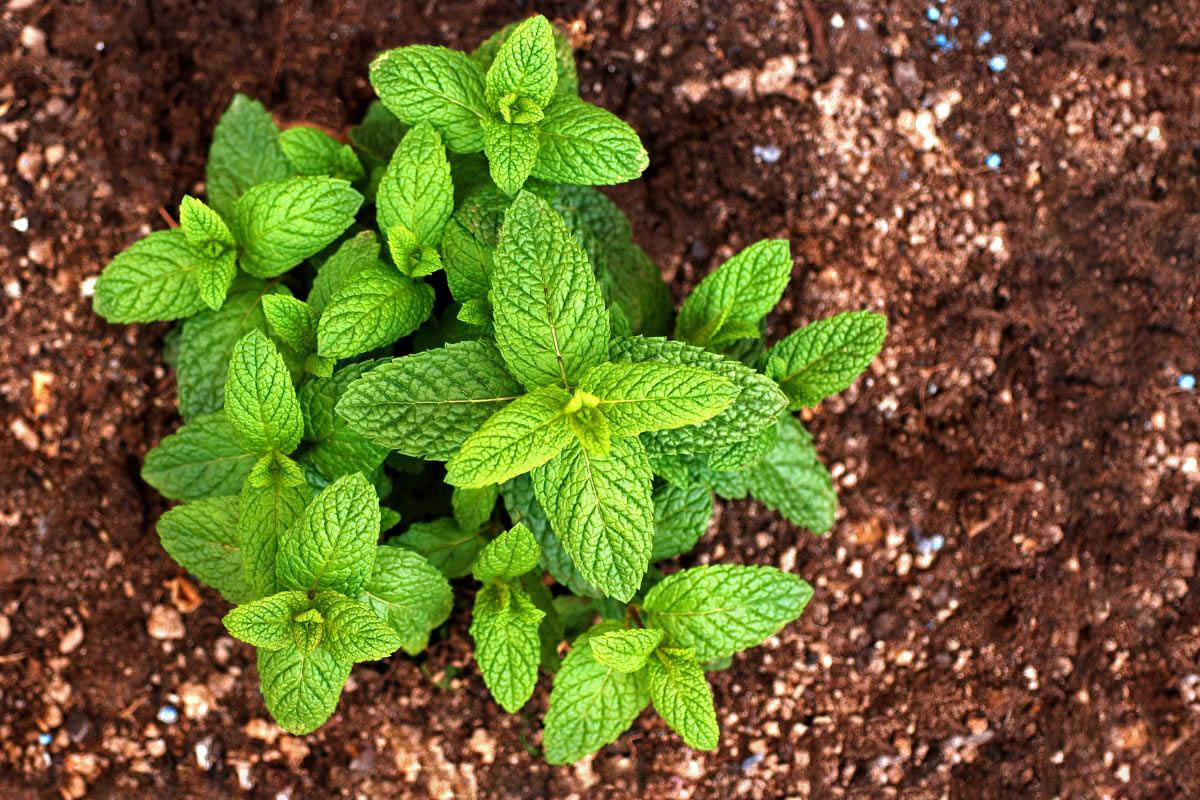
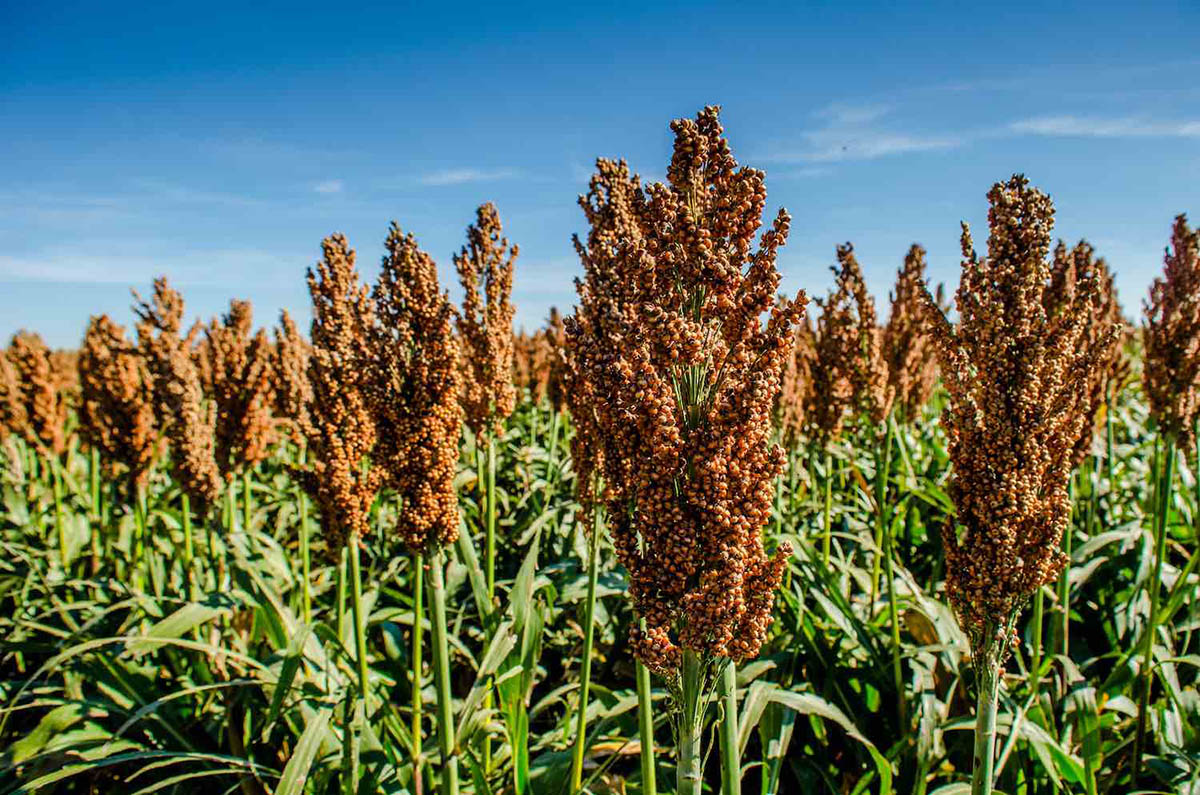

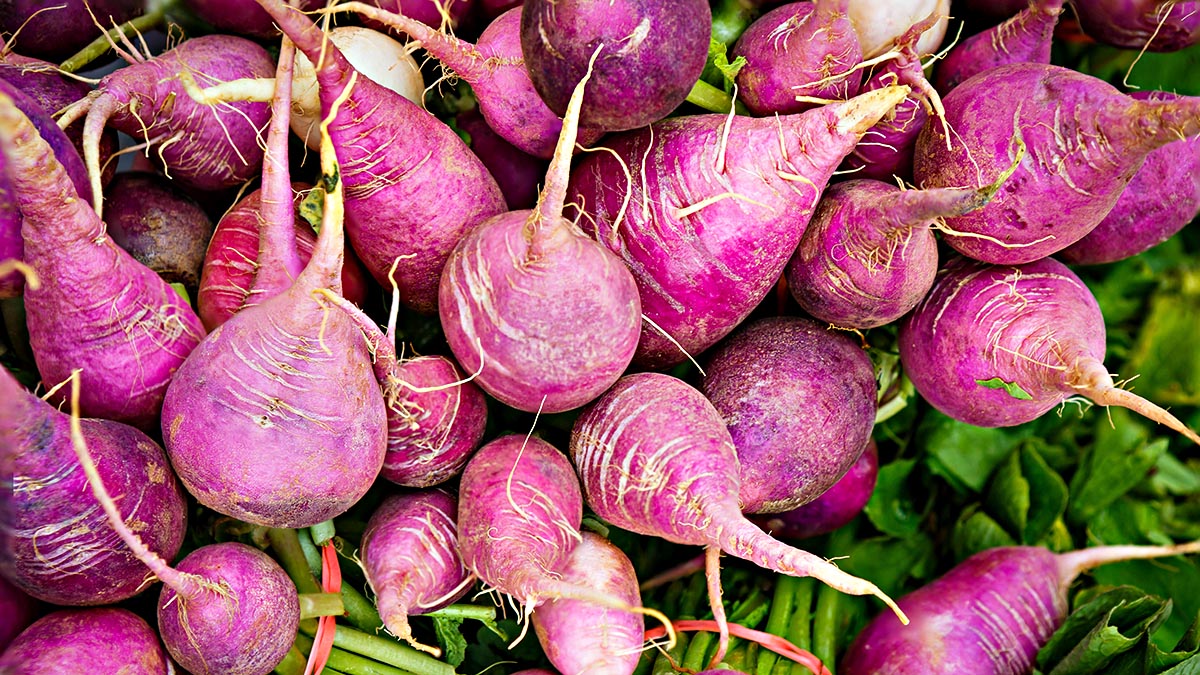
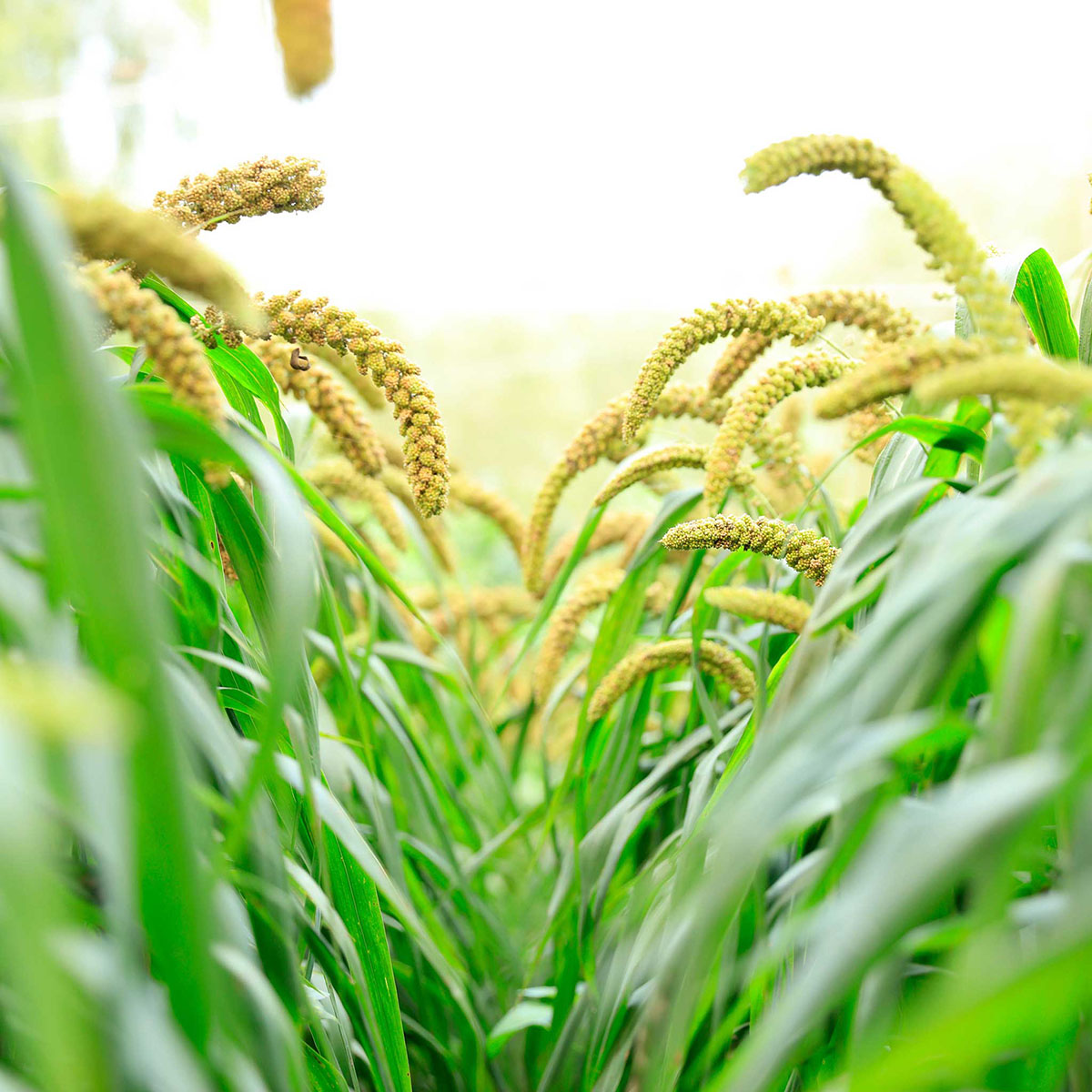
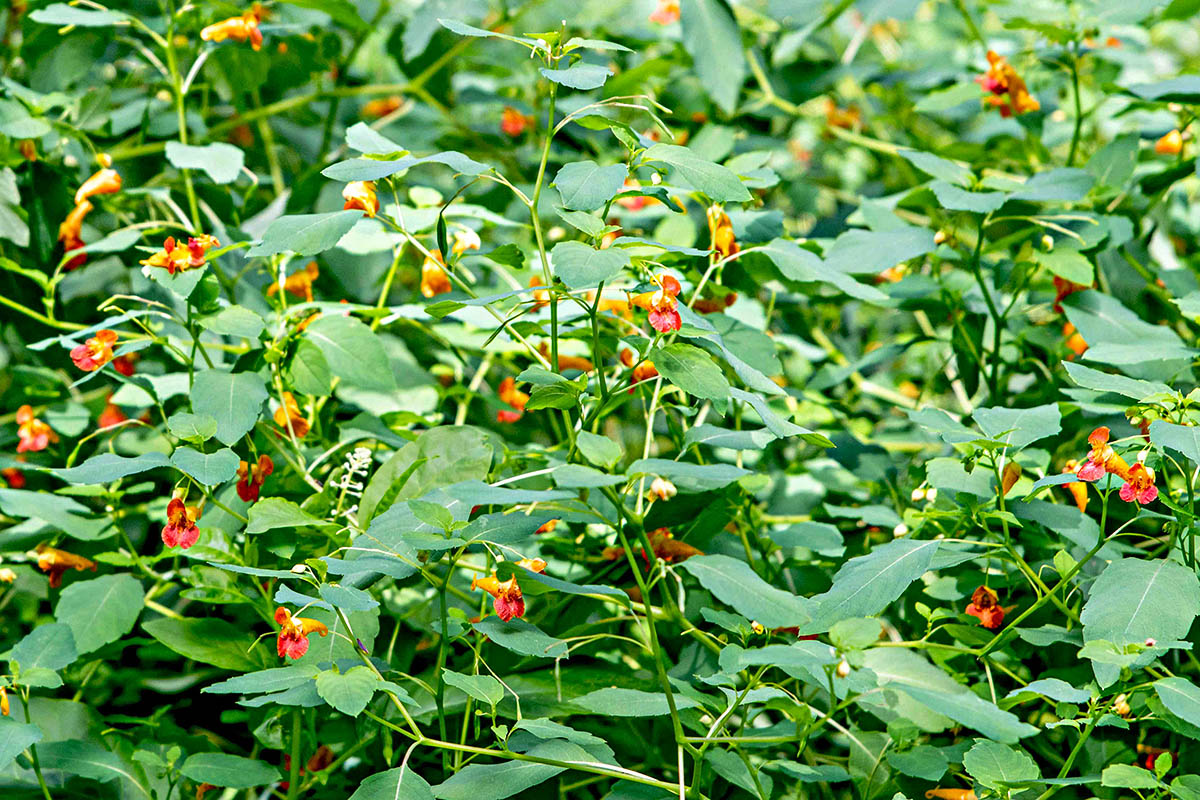
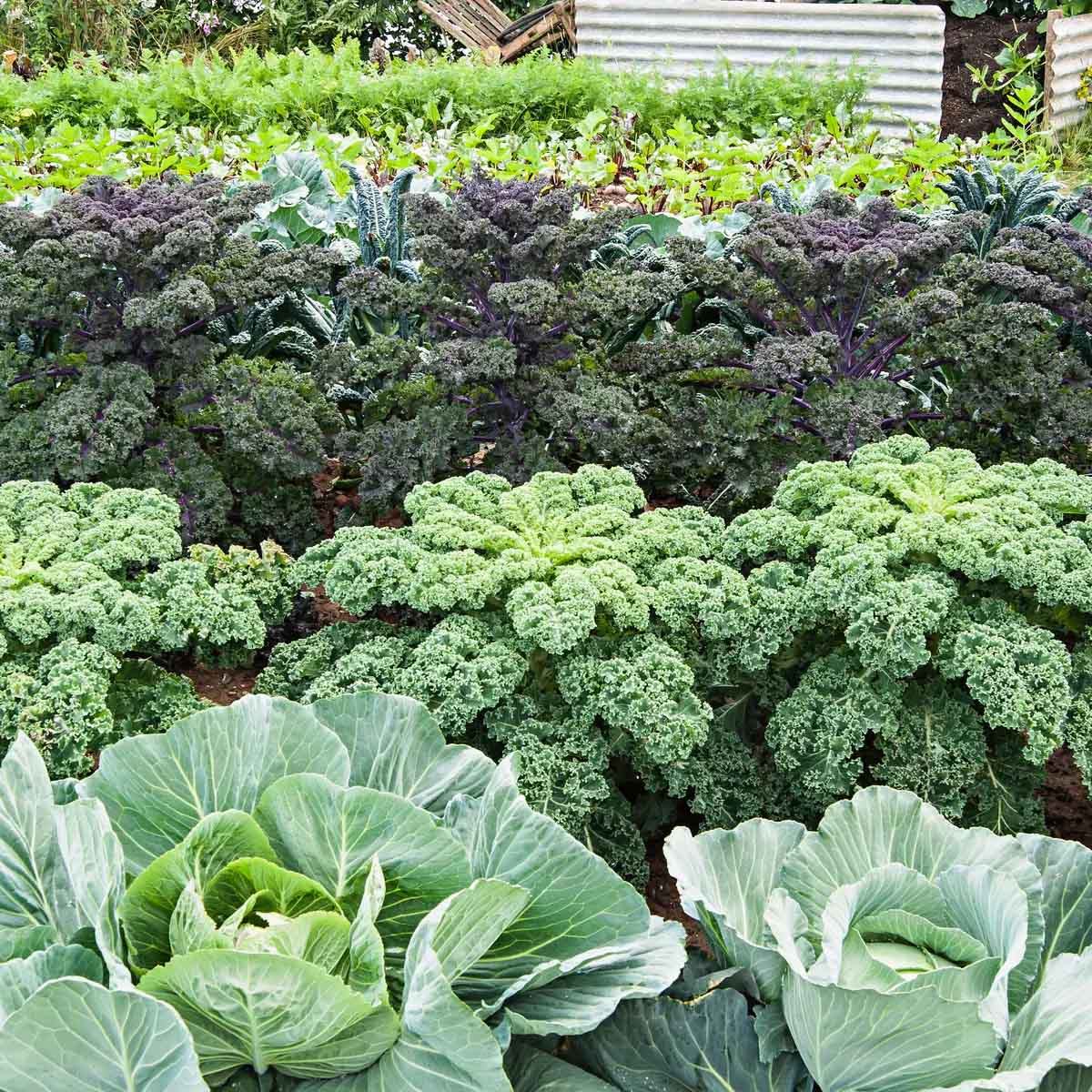
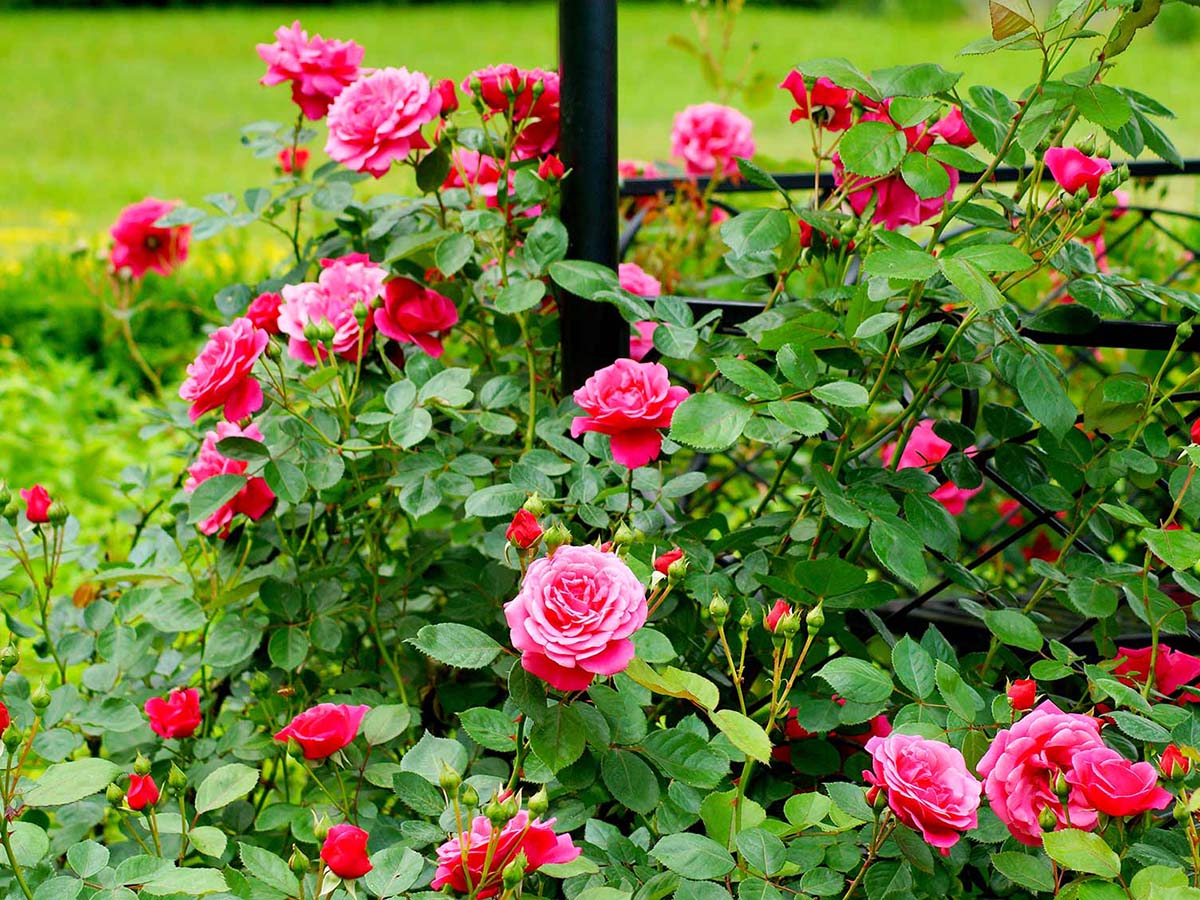
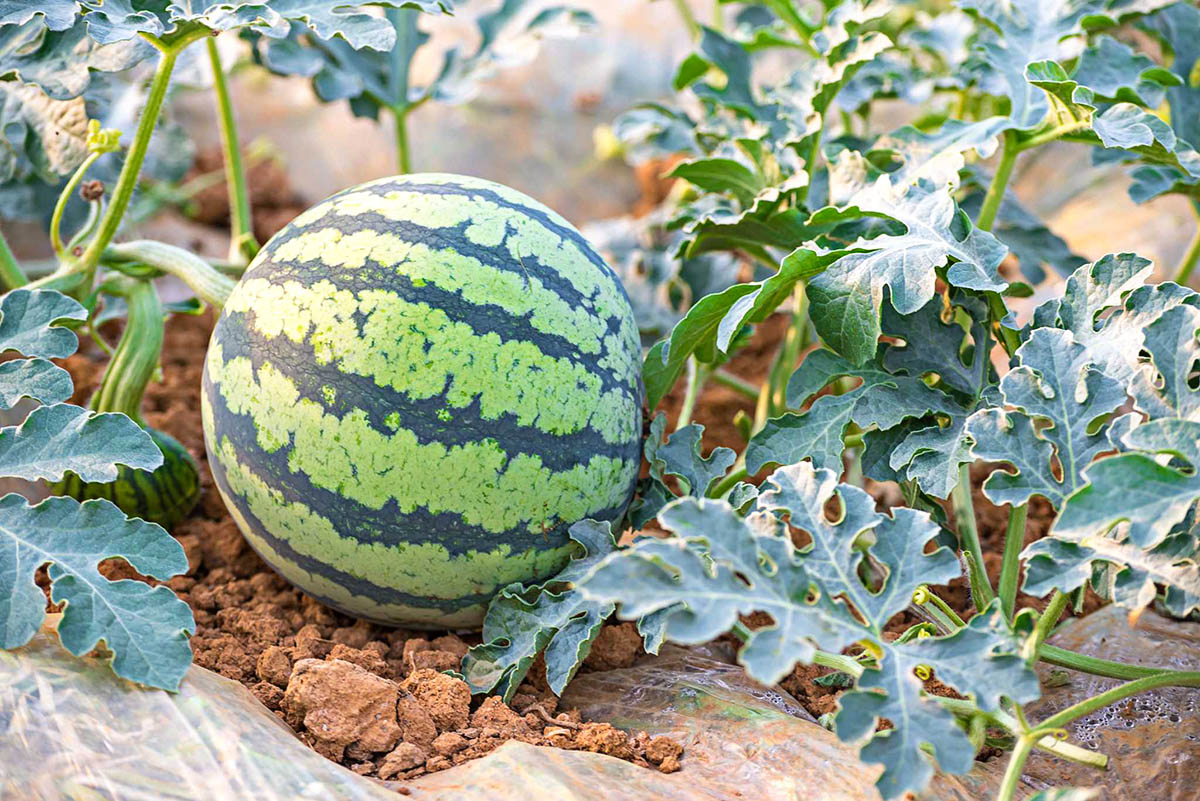
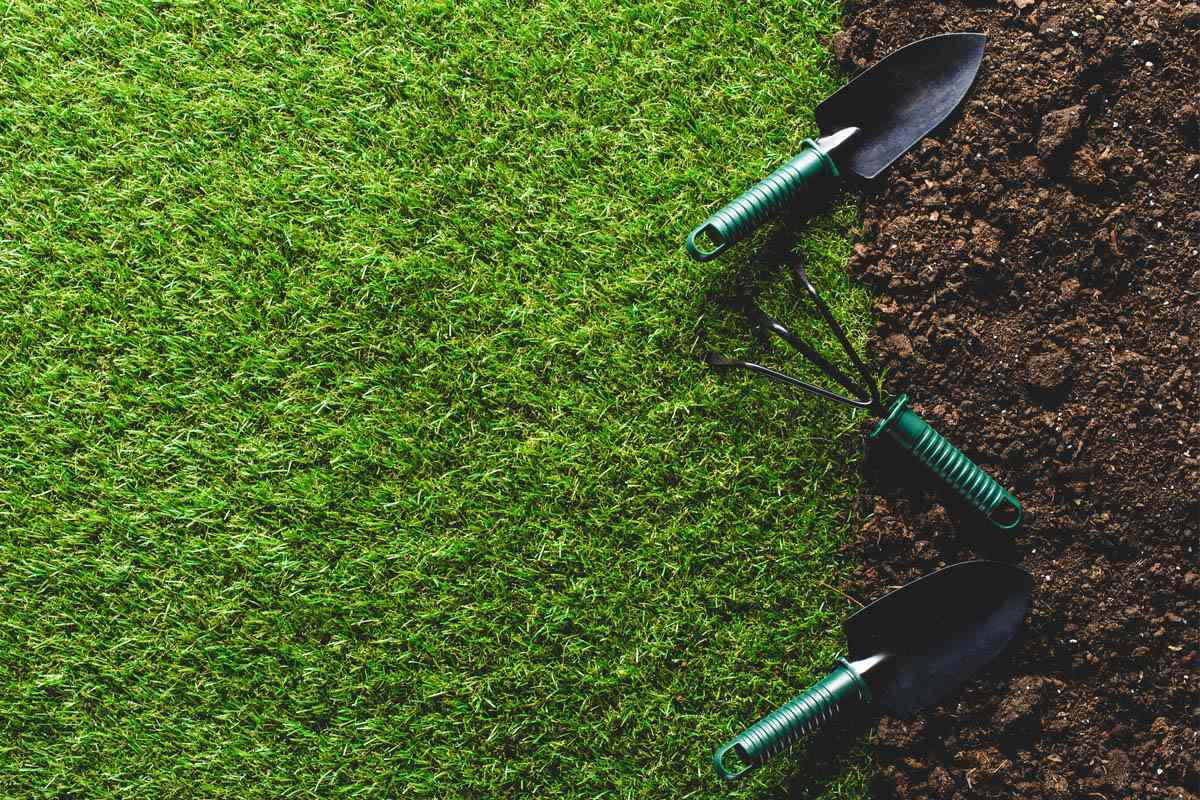

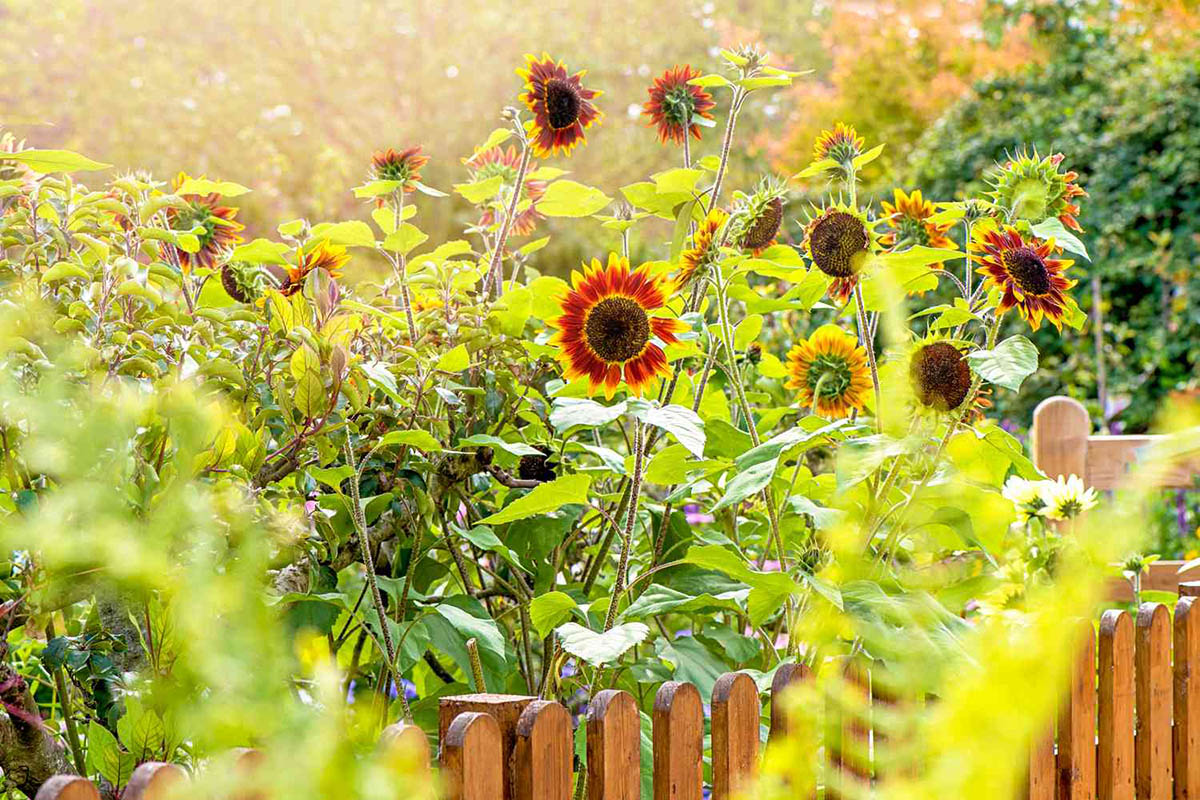
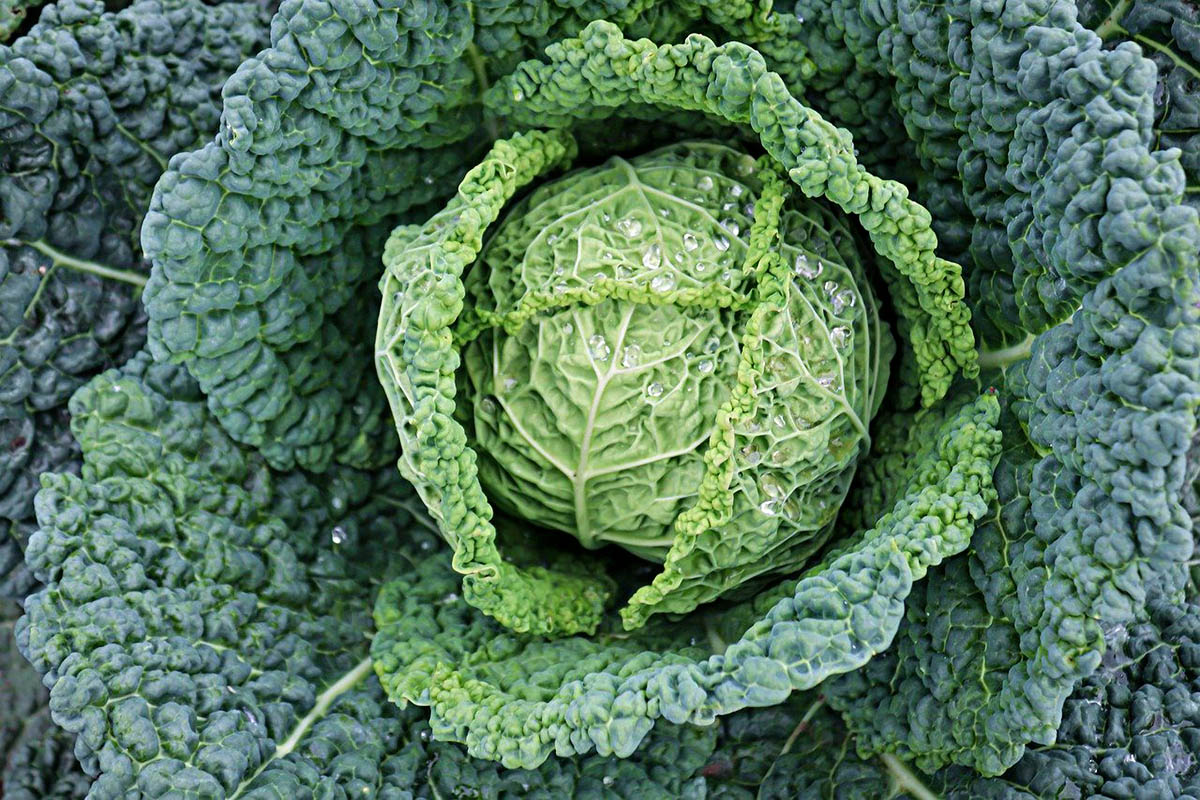


0 thoughts on “How Long Does It Take For Calendula To Germinate?”